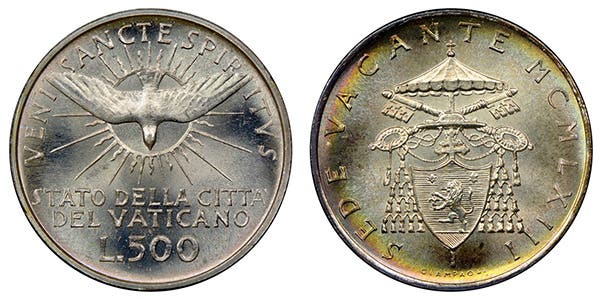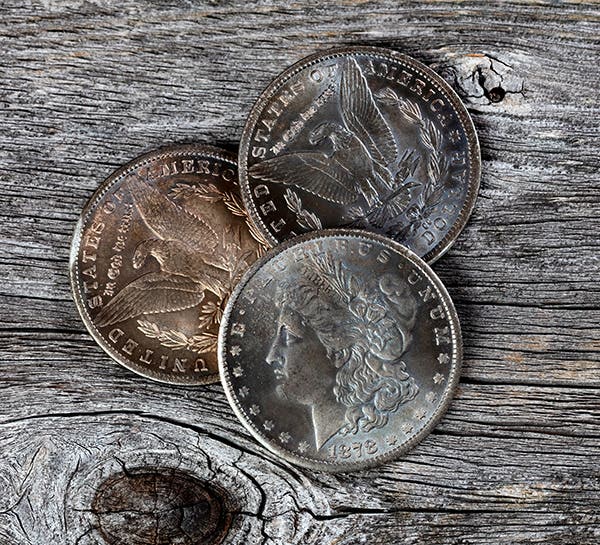Item of the Week: 1949 Franklin Half Dollar
Franklin half dollars seem to have found an audience based on record prices and dealers running prices for coins they want to buy. An impressive list once came from the…
Franklin half dollars seem to have found an audience based on record prices and dealers running prices for coins they want to buy. An impressive list once came from the Littleton Coin Company in Littleton, N.H. In their buy list, Littleton offered to buy about a dozen different dates in uncirculated rolls needing anywhere from four rolls (for the 1949-S) to 20 rolls for the 1955. For owners of the 1955, it came as particularly good news as the price Littleton was offering was $240 per roll, substantially higher than the then-current 1955 roll price listing of $185.
It was also welcome news to owners of another date, the 1949, as Littleton needed 15 rolls and was offering to pay $1,100 per roll, which happened to be $50 more per roll than the price per roll at the time. That might not seem all that important but when you consider it was $50 more than retail and not wholesale price and that translates into $2.50 more per coin, it certainly cannot be taken lightly.
Littleton’s special need for the 1949 and 1955 with prices higher than listed roll prices could be taken as some vindication for a couple of better Franklin half dollar dates that have been seemingly overlooked in recent times.
The 1955 is low-mintage but coming from a year when virtually all dates were saved, the 1955 has struggled over the years to keep prices increasing. In fact, the 1955 has been topped in price by a significant number of dates with far higher production totals nearly being relegated to available date status in the Franklin half dollar set.
The case of the 1949 is different. If you look at the 1949, it had a mintage of 5,614,000 pieces, which would strike collectors today as low, but it was almost exactly double the total for the 1955. Equally important, in 1949, it was the highest total of the year, about 1.5 million pieces above the 1949 from San Francisco. Unlike the 1955, the 1949 did not really stand out as potentially a better date simply because it was the 1949 half dollar with the greatest total production.
The year, 1949, was the second year of the Franklin half dollar. People save nice examples from the first year of a new design but that saving drops off in the second year. That would have been especially true in the case of the Franklin half dollar as there were not a significant number of half dollar collectors at the time since a half dollar was an upper denomination, especially for the younger collectors of the period. The Franklin half dollar was not heavily collected back in 1949 because many thought there were better coin investments than a new half dollar.
At least for a time, the 1949 was viewed as a slightly better date as it was an older Franklin half dollar and it had a relatively small total mintage. Most are not even priced in lower grades as they do not bring significant premiums over their silver value.
The 1949 was always seen as being a better uncirculated Franklin half dollar but when silver hits $50 an ounce it is hard to avoid thinking about profits today and not potential tomorrow.
The situation with uncirculated rolls shows that the supply of the 1949 may not be at all strong. In 1998, an uncirculated roll was priced at $650. Today that price is $1,300.
There is also the matter of individual prices. Today the 1949 lists for $45 in MS-60, $70 in MS-63 and $100 in MS-65, with an MS-65 with full bell lines sitting at $250. Can those prices hold? It seems extremely unlikely considering the roll price. The 20 coins in the roll are $65 per coin or more and that does not translate well into the current single prices as after all in even nice uncirculated rolls the average is not likely to be MS-64 and MS-65 and that is what is required for the price of the individual coins to equal the roll price.
The situation suggests very strongly the roll price and the single price of a 1949 Franklin half dollar is headed higher. Of course, that makes it unlikely that those who own rolls will sell them, and that could make the price increase further.








